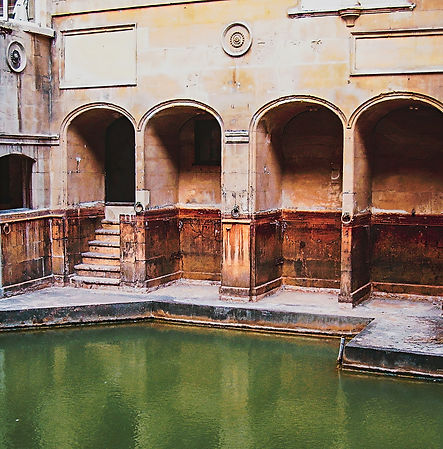Latin Curriculum
Latin is the fundamental cornerstone of modern European languages and introduces our students to the structure of language. An outline of the content covered in the junior cycle Latin curriculum is given below.

Latin I
Latin is the language of Western civilization and of Our Holy Mother, the Church, and so many pivotal writings -- philosophical, theological, literary, and scientific -- were originally composed in Latin. Translations of these works exist of course, but even the most exquisite translations are unable to encapsulate the original in its entirety. Our goal then is not to produce translators, but readers of Latin who love the language. We want our students to understand the text on its own and to appreciate the truth, beauty, and goodness of Latin in its native form.

Latin IV
Continued and consistent use of Latin, or any language for that matter, is important if one hopes to retain and improve upon what has been learned during the previous years of study. This fourth-year course allows students to dive much deeper into primary texts that may have been studied earlier in English translation. By studying works in their original languages these texts take on new meaning as students are able to immerse themselves more fully into the culture and thought of the author.










